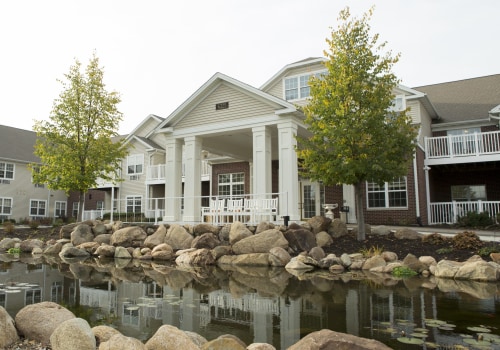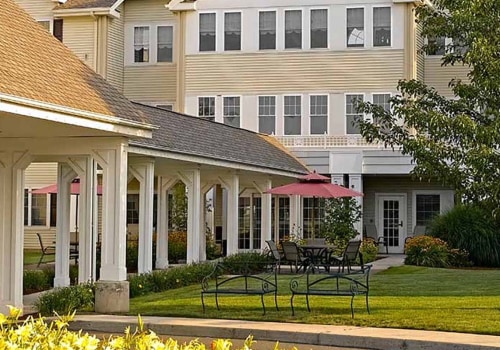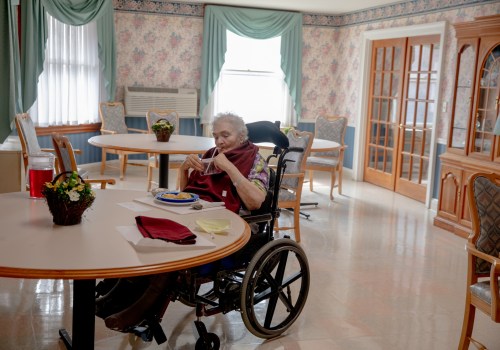Residents who require help with certain activities of daily living but don't need specialized nursing care 24/7 are the most typical assisted living residents. The assisted living industry is expected to accommodate more people in the next 10 to 20 years, but rising costs could make it out of reach for many middle-income individuals. Memory care, which offers the same long-term services and amenities as assisted living plus specialized treatment, is usually 20 to 30% more expensive. Today's assisted living is much different than it was in the past, but many older adults still resist when their families suggest they move there.
The cost of assisted living facilities is expected to increase as the industry expands, and the quality of these centers varies widely. Nursing homes provide 24-hour care managed by medical professionals, making them more expensive than retirement and assisted living communities. The most common conditions among assisted living residents are high blood pressure, arthritis, Alzheimer's and dementia, and heart disease. For those who don't need comprehensive care but aren't fully independent, assisted living is a great option.
People who need 24-hour assistance with activities of daily living (ADLs) may not find adequate support in independent or assisted living options. Most state Medicaid programs cover some assisted living costs, but the number and days covered vary from state to state.








